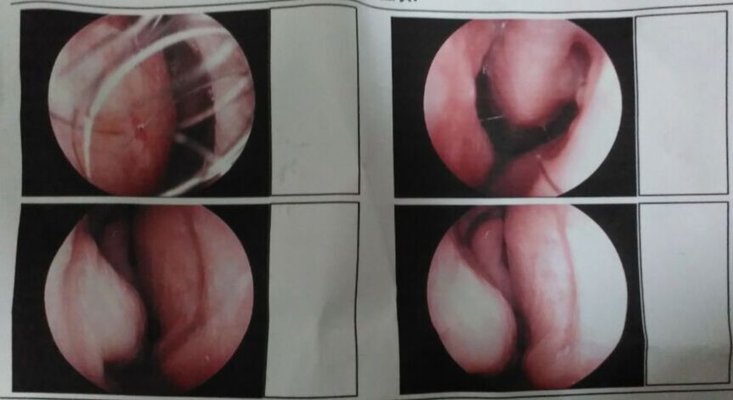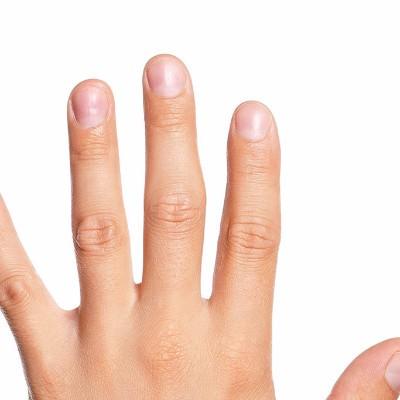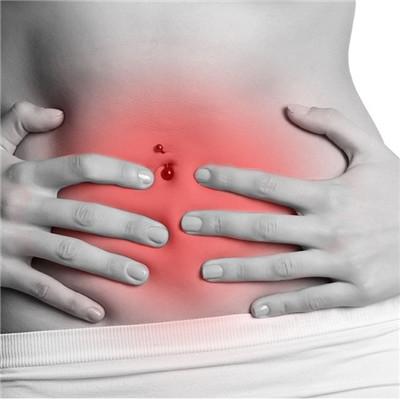How to determine uremia
summary
Uremia is a very serious disease, my aunt has uremia is secondary to nephrotic syndrome, but found early, now the control effect is still very good. Let's see how to determine uremia.
How to determine uremia
First: urine examination 1. Urine routine examination: the results of urine routine examination are different due to different underlying causes. There may be proteinuria, various types of hematuria, or there may be no obvious change. 2. Determination of urine volume and specific gravity: the 24-hour urine volume of uremic patients in oliguria stage was less than 400 ml. The osmolality concentration of urine is 280-300 mEq / kg. Urine sodium content is often more than 40 ml equivalent / L. In uremic stage, the specific gravity of urine decreased or was fixed, the fixed value was between 1.010-1.012, and the nocturnal urine volume was generally more than the daytime urine volume. However, the urine specific gravity is affected by many factors, resulting in poor accuracy. The measured value is only for reference, and can not be used as the decisive data to determine whether it is uremia.

Second: blood test 1, blood urea nitrogen (BUN), serum creatinine (SCR) test: Uremic stage, the two indicators were bun > 21.42 mmol / L, SCR > 442 mmol / L. At the end of uremia, serum creatinine was higher than 707 μ mol / L and urea nitrogen was higher than 28.6 mmol / L. 2. Hemoglobin examination: the normal value of adult hemoglobin should be more than 110 g / L, the level of uremic hemoglobin is generally below 80 g / L, and it can be reduced to 20-30 g / L in the end stage, accompanied by thrombocytopenia or high white blood cells. 3. Arterial blood gas and acid-base examination: pH value will decrease in uremic stage, especially in the middle and late stage, Sb, AB and be will decrease, and PaCO2 produced by physically dissolved carbon dioxide will decrease compensably. 4. Electrolyte determination: the determination of various electrolytes in human body, such as serum potassium, serum sodium and serum calcium, may be abnormal. 5. Determination of plasma protein: the determination of plasma protein can be normal or decreased, which is about 60-80 g / L for adults.

Third: renal function test glomerular filtration rate (GFR), endogenous creatinine clearance rate (CCR): at present, ect is generally used to check glomerular filtration rate, uremia stage will appear glomerular filtration rate, endogenous creatinine clearance rate decreased, glomerular filtration rate less than 25 ml / min or endogenous creatinine clearance rate less than 10 ml / min, it means that the kidney has entered uremia Stage, this time to timely treatment, to prevent aggravation of the disease.

matters needing attention
Uremic patients usually have a lot of fruits that can't be eaten, such as carambola and bananas. If you eat raw and cold fruits, it's easy to cause diarrhea, so it's forbidden to take them. However, patients still have to eat some foods containing vitamins, which is conducive to the stability of the disease.














